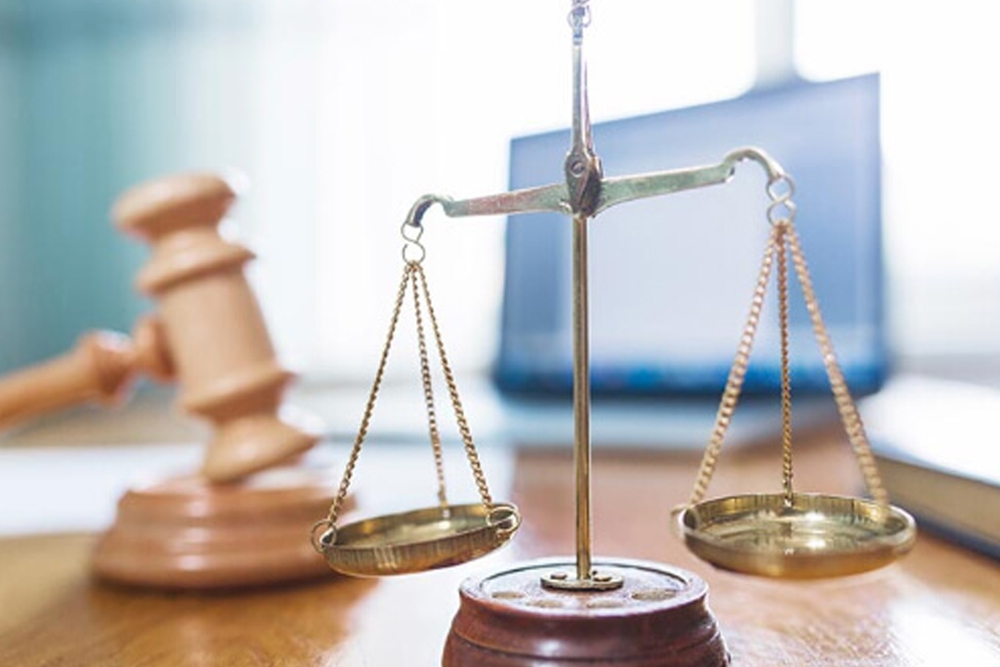File a Proof of Claim in Your Chapter 13 Case

Once the Chapter 13 bankruptcy plan is confirmed, the trustee will pay allowed claims. The first step for a creditor to obtain an allowed claim is to file a proof of claim in the case. But Section 501(c) of the Bankruptcy Code also allows the debtor to file a proof of claim if “a creditor does not timely file a proof of such creditor’s claim.” The claim must be filed “within 30 days after the expiration of the time for filing claims[.]” See Rule 3004, FRBP.
Why in the world would a debtor file a proof of claim in his own case?
Consider this scenario: the debtor files Chapter 13 bankruptcy and proposes to pay 100% of his mortgage arrears and discharge 100% of his high medical bills. His plan is confirmed, but two years later he discovers that the trustee has been sending 100% of his plan payment to his medical creditors and has not sent a dime to his mortgage company! How did this happen? Because the medical creditors filed a timely proof of claim and the mortgage company did not.
In the first place, this problem should never occur if the debtor and his counsel are vigilant and monitor the claims as they are filed. Second, once it was discovered that the mortgage company failed to file a proof of claim in the debtor’s case, the debtor should file one to ensure that the trustee pays the arrears (and possibly the future mortgage payment, if local rule dictates). A debtor filing a proof of claim in his own case is actually in a stronger legal position, since the burden is on an objecting party to prove that a claim is invalid or the claim amount is incorrect.
You know that old joke about “When you assume. . .?” An experienced and competent attorney never assumes that a creditor will file a proof of claim. Careful monitoring of a bankruptcy case is necessary to safeguard the debtor’s interests.
